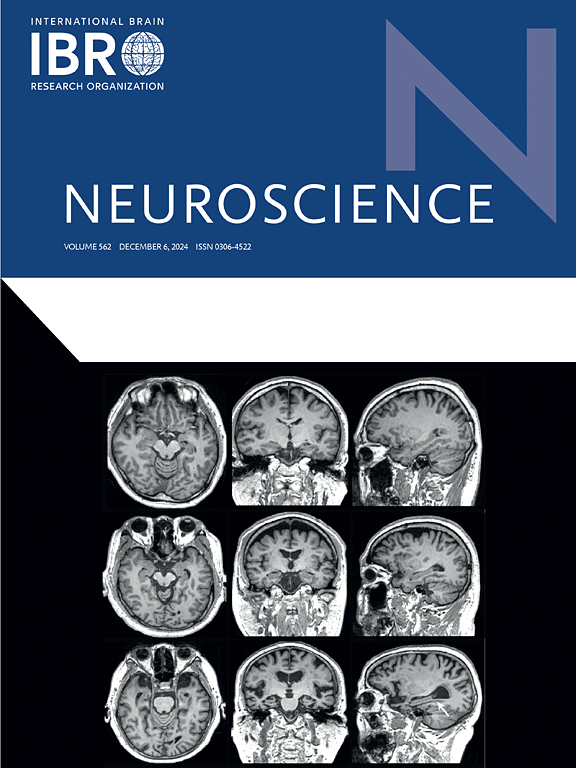The effects of transcranial direct current stimulation montages on motor learning across various brain regions: A systematic review and network meta-analysis
IF 2.9
3区 医学
Q2 NEUROSCIENCES
引用次数: 0
Abstract
Transcranial direct current stimulation (tDCS) is an effective rehabilitation strategy that promotes motor learning. The related studies reported different findings through different modalities of tDCS over different brain regions. This study aimed to identify the optimal effects of tDCS on motor learning through a systematic review and network meta-analysis, focusing on determining the best electrode montage and assessing the efficacy of various tDCS configurations. The search was performed from PubMed, Scopus, and Web of Science databases from inception until April 15, 2022. Nineteen eligible studies were included in the study. The findings indicated that motor cortex (M1) a-tDCS and cerebellar a-tDCS significantly enhance motor learning (short-term and long-term efficacy on both parameters of motor learning; Response Time (RT) and Error Rate (ER)) more than posterior parietal cortex (PPC) a-tDCS (P < 0.5,0.65 to 90 % in SUCRA). Dual site tDCS enhances motor learning (efficacy on parameters of motor learning; RT and ER), with more efficacy as compared to unilateral tDCS (P < 0.05, 78 % to 84 % in SUCRA). In addition, the findings indicated that PPC a-tDCS has the least efficacy of motor learning as compared to the other tDCS interventions (P < 0.05, 0.5 % to 0.13 %). It is suggested that dual site tDCS and M1 or cerebellar a-tDCS be used, as compared to other tDCS interventions in other brain regions, for the improvement of motor learning.
求助全文
约1分钟内获得全文
求助全文
来源期刊

Neuroscience
医学-神经科学
CiteScore
6.20
自引率
0.00%
发文量
394
审稿时长
52 days
期刊介绍:
Neuroscience publishes papers describing the results of original research on any aspect of the scientific study of the nervous system. Any paper, however short, will be considered for publication provided that it reports significant, new and carefully confirmed findings with full experimental details.
 求助内容:
求助内容: 应助结果提醒方式:
应助结果提醒方式:


